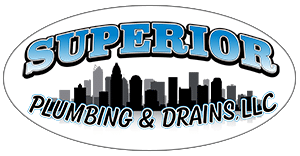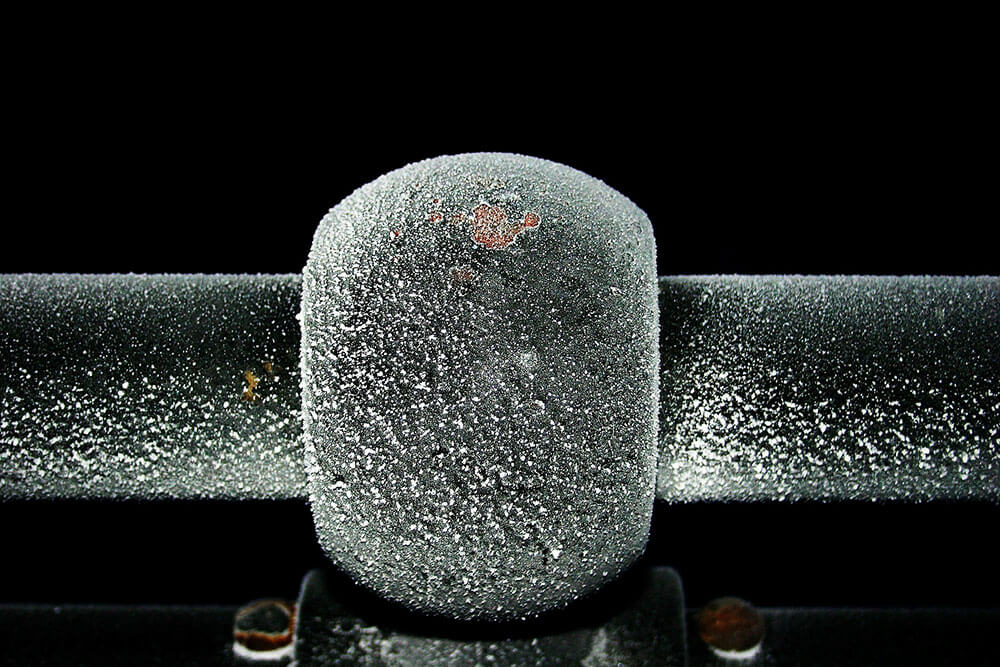Frozen water pipes are a common occurrence in winter. Every 1 in 50 insured homes has to deal with pipes freezing, making it difficult for entire families to survive the cold.
And when frozen pipes burst unknowingly, the effects become apparent in spring when the pipes thaw and water escapes into walls and floors unimpeded. So it’s no surprise that estimates show that water damage during this season can cause insurers $15-$20 billion.
So, what can you do if the cold spell leaves a mark on your home?
Let’s find out.
Why Do Pipes Freeze And Burst?
The water in lines usually freezes if the outside temperature drops below 20° F for more than six hours. And when water freezes, it expands in volume by 9%, exponentially exerting pressure on the pipeline.
This ice buildup pushes water toward the faucet, creating excessive pressure between the ice blockage and the faucet. Eventually, the pipe cannot take more pressure buildup and bursts, causing water to flow out.
Usually, the pipe ruptures from a section with little to no ice accumulation. No matter how strong the strength and material are, the water line is bound to break due to water expansion. Moreover, pipes installed in outdoor areas are most likely to burst as they are directly exposed to severely chilly temperatures without heating.
Frozen water pipes cause damage worth thousands of dollars, but for the average American home, the repairs can cost up to $350. That’s what it takes to get the water flowing through your taps and showers again. If there is additional damage, be prepared to spend more.
Ways To Prevent Frozen Pipes
Now that we know what happens when pipes freeze, let’s figure out how to keep that from happening to you.
Frozen pipes are the last thing you need in winter as they disrupt the normal flow of water, making it difficult to live life. Therefore, the right move would be to adopt preventive measures to prevent pipes from freezing before winter begins.
The following are some practical ways to keep the water tubes unfrozen throughout the chilly season:
- Always keep your garage, basement, and attic doors closed if the water supply lines go through them. This limits chilly outdoor temperatures to outside your home.
- Let warmer air circulate in non-heated kitchen and bathroom cabinets or around the plumbing areas.
- Leave the taps on and let cold water drip, giving exposed pipes a chance to keep flowing. This keeps the water running throughout the lines, preventing them from freezing.
- Set the heater thermostat at the same temperature during the day and night. Although a constantly warm temperature may cause higher heating bills, it can save you from more expensive repair costs if your pipes freeze or burst.
- While going out in winter, don’t completely turn off the heater in your home. Instead, set a temperature of no less than 55° F.
How To Fix Frozen Pipes?
Have your pipes frozen despite taking necessary precautions? No need to worry, as there is still time to fix them before they burst. Here is what to do if pipes are frozen:
1. Shut Off The Water Main
Shut off the central water system to stop the water flow. Don’t let water from the main flow in the pipe until it is unfrozen. This will allow the line to unfreeze, preventing it from bursting due to added pressure.
2. Open Faucets
Open all the faucets connected to the pipe to release pressure and allow airflow to melt the ice. This should reduce the chances of bursting or leakage in worse-case scenarios.
3. Run Hot And Salted Water Through Pipes
Flowing hot, salted water inside and around the pipe is an effective method of melting iced drains. All you need to do is mix kosher salt with water to pour on the drainage pipes. Doing this a couple of times will melt the ice, making water flow from the taps in no time.
4. Apply Heat
If you are wondering how to unfreeze water pipes, an excellent way is to apply heat. You can use various methods to apply heat on frozen water pipes. The two standard methods include:
- Using heating equipment like hair dryers or heaters to warm up the line for the ice to melt
- Wrapping up the pipe with heating pads and towels
However, be sure not to use dangerous equipment like blowtorches, kerosene or propane heaters, charcoal stoves, or other open flame devices for defrosting as they can react with the pipe’s material, causing fire or further property damage.
5. Use A Thaw Machine
A thaw machine is an excellent way to fix frozen pipes before they burst and cause expensive repair costs. These machines send low-voltage, high-current electricity in tubes to thaw its frozen sections. As a result, warmer water seeps through the frosted water line to eliminate the ice.
All you have to do is plug in the machine, flick the switch and wait for the device to thaw icy pipes. A great feature of this machine is that it can clear copper or iron lines that are up to 175 feet long.
6. Contact A Professional Plumber
Are you still struggling to defrost water ducts even after exhausting every method mentioned here? Then, it’s time to get a professional plumber to fix your frozen or broken pipe. A plumber has the expertise, experience, and necessary equipment to unfreeze water pipes before things get out of hand.
In A Nutshell
A failure to take necessary in-time measures can burst frozen water ducts, giving rise to expensive repair costs and efforts. Therefore, gear up before the winter season begins with Superior Plumbing & Drains, LLC. Based in Monroe and Gastonia, NC, we offer 24/7 plumbing solutions to you at affordable rates.
Superior Plumbing & Drains, LLC has experienced staff and the latest equipment needed to thaw your pipes so you can enjoy smooth water flow throughout the year. Get in touch with us today to get a consultation.





